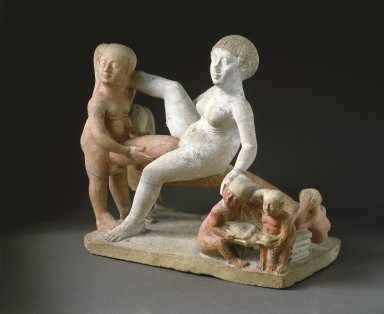 Physorg | In this image provided by the U.S. Navy Members of Elastec/American Marine Inc., a marine science engineering company, prepare to deploy a lighting agent on oil contained in a boom May 5. The "in situ burn" was conducted by contracted fishing vessels working in partnership with the U.S. Coast Guard, BP PLC, and other federal agencies to aid in preventing the spread of oil following the April 20 explosion on Mobile Offshore Drilling Unit Deepwater Horizon. (AP Photo/US Navy - Jeffery Tilghman Williams)
Physorg | In this image provided by the U.S. Navy Members of Elastec/American Marine Inc., a marine science engineering company, prepare to deploy a lighting agent on oil contained in a boom May 5. The "in situ burn" was conducted by contracted fishing vessels working in partnership with the U.S. Coast Guard, BP PLC, and other federal agencies to aid in preventing the spread of oil following the April 20 explosion on Mobile Offshore Drilling Unit Deepwater Horizon. (AP Photo/US Navy - Jeffery Tilghman Williams)(AP) -- With a huge and unpredictable oil slick drifting in the Gulf of Mexico, state and federal authorities are preparing to deal with a variety of hazards to human health if and when the full brunt of the toxic mess washes ashore.
The list of potential threats runs from temporary, minor nuisances such as runny noses and headaches to long-term risks such as cancer if contaminated seafood ends up in the marketplace. While waiting to see how bad things will get, public health agencies are monitoring air quality, drinking water supplies and seafood processing plants and advising people to take precautions.
"We don't know how long this spill will last or how much oil we'll be dealing with, so there's a lot of unknowns," said Dr. Jimmy Guidry, Louisiana's state health director. "But we're going to make things as safe as humanly possible."
Oil has been spewing into the Gulf at a rate of at least 200,000 gallons a day since an offshore drilling rig exploded on April 20, killing 11 people. Little if any has reached land thus far, but shifts in wind speed and direction could propel the slick toward populated areas.
In a possible hint of things to come, a foul stench drifted over parts of southwestern Louisiana last week. The oil probably was the culprit, said Alan Levine, secretary of the Louisiana Department of Health and Hospitals, whose office heard about dozens of complaints - even from state legislators in New Orleans, some 130 miles from the leaky undersea well.
"Their eyes were burning, they felt nauseated, they were smelling it," Levine said.
Farther up the coast at Shell Beach, marina operator and commercial fisherman Robert Campo said the smell gave him a headache as he collected oysters 20 miles offshore. "It was rotten," he said.






